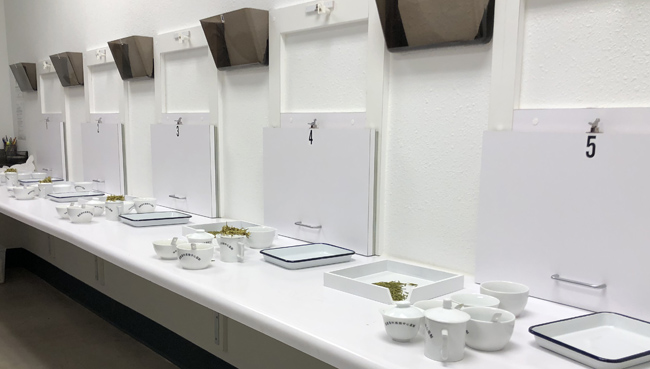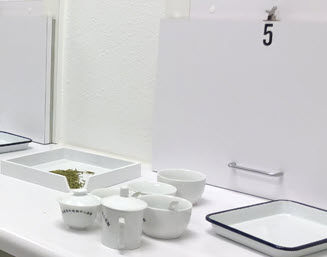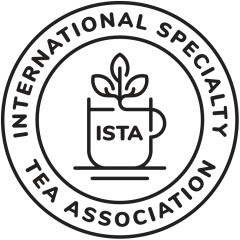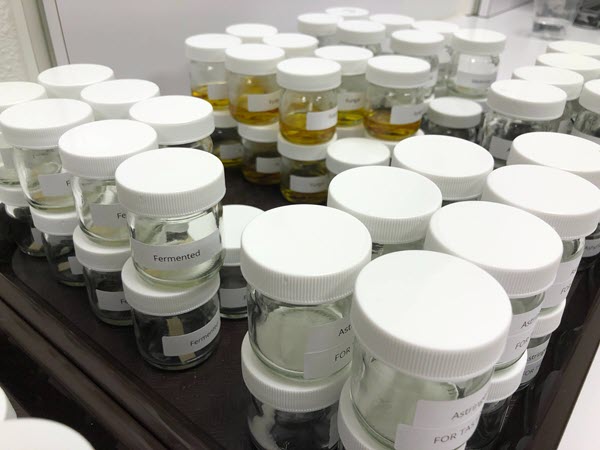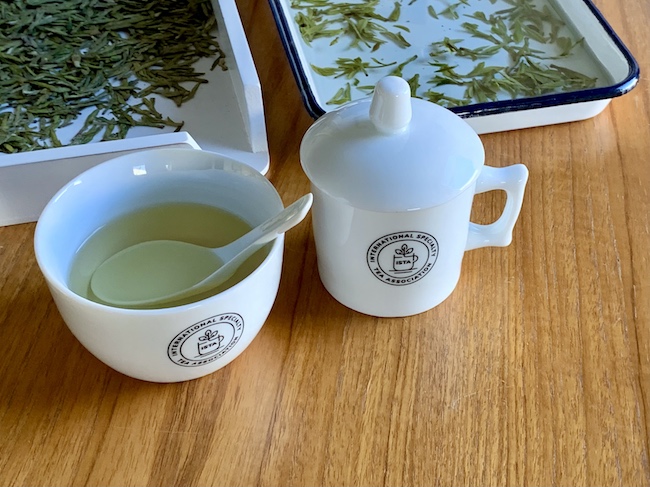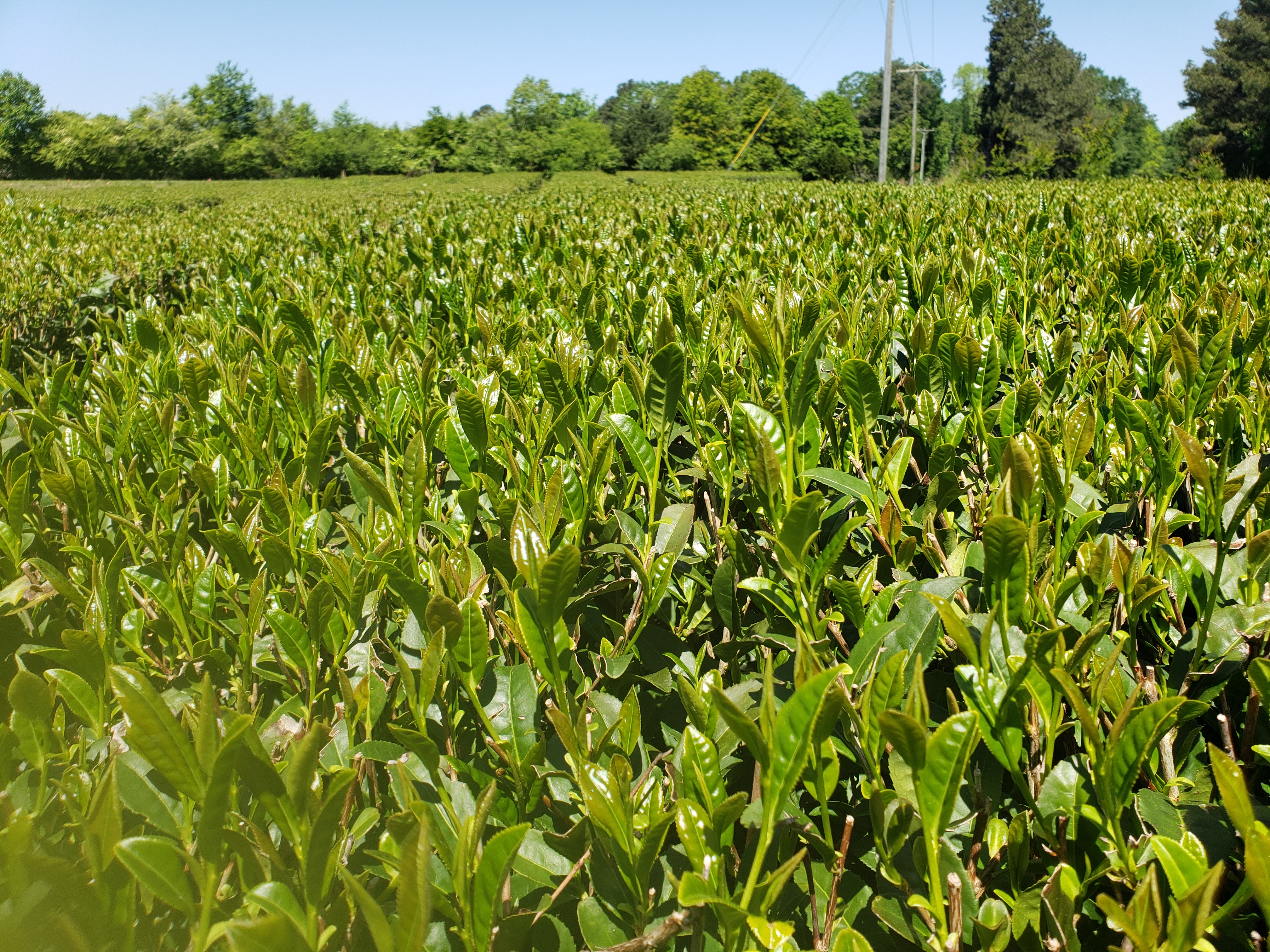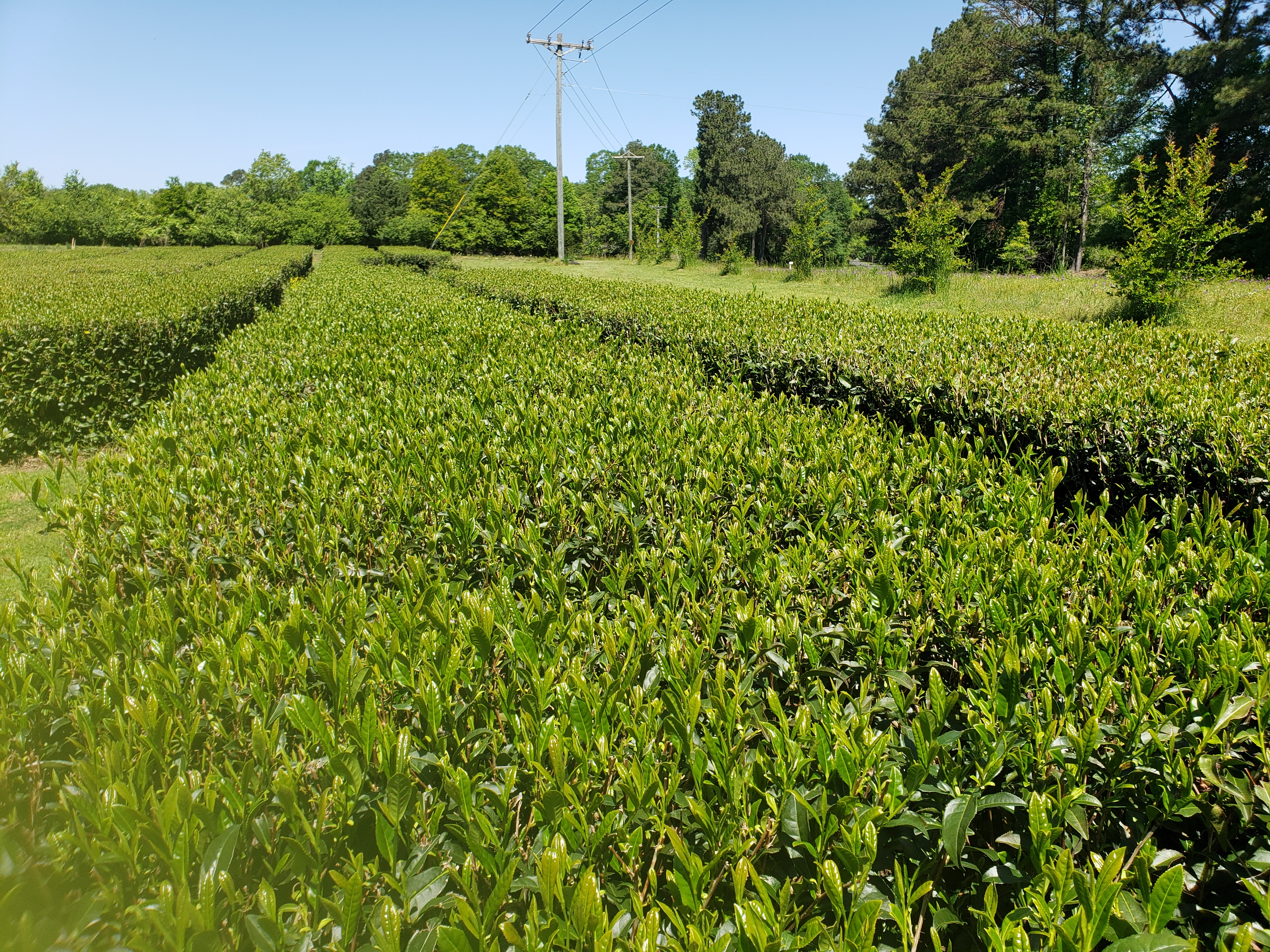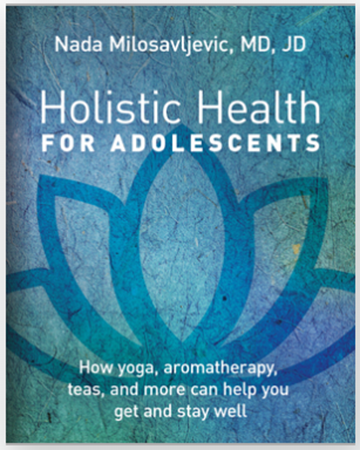India Chief Correspondent Aravinda Anantharaman reviews a momentous year for the tea sector in a country that produces 20% of the world’s tea. India’s tea drinkers are projected to consume 1.3 million metric tons of tea in 2022. Consumption outside the home (except in tea lounges and airports) has returned to pre-COVID levels and at 840 grams per capita, remains well below most countries, suggesting much room for growth. Her report is the sixth in the series of TEAIN22 year-end reviews and forecasts.
(more…)-
Small Scale Mechanization
Inspired by The Charleston Tea Garden in South Carolina, Jason McDonald decided to plant fields of tea amid the timber on his 289-acre farm in Lincoln County Mississippi where a combination of high heat, humidity, acidic soil, and ample rainfall is ideally suited to tea.
In 2012 McDonald planted a test plot and made his first tea in 2015. In 2018 the tea garden produced sufficient quantities to begin selling to the public. McDonald has since diligently researched every aspect of the industry, enlisting horticultural, sustainability, manufacturing, and machine professionals to develop harvesting and automated tea processing techniques and the utilization of equipment at small-scale operations.
“We are striving to modernize an ancient industry with innovation and bring it much closer to home,” he says. The Great Mississippi Tea Company is pioneering modern cultivation, tea science, employment standards, and small-scale mechanization of the harvest for producers in developed countries where the high cost of labor and land has discouraged growers.
- Caption: Gasoline-powered harvester “plucks” tea selectively, leaving immature shoots and sustenance leaves on the plucking table.
Hear the interview
Grower Jason McDonald on the economics of small scale mechanization
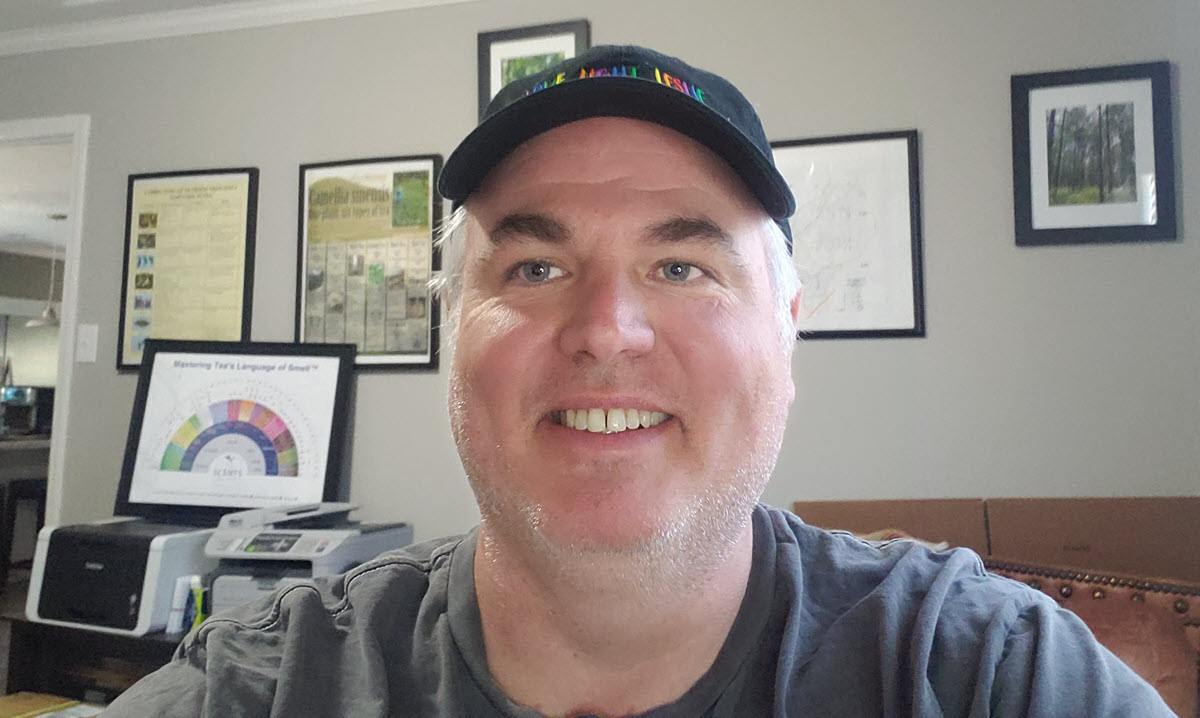
Jason McDonald operates a model tea farm in Brookhaven, Miss. The Economics of Small-Scale Mechanization
Great Mississippi Tea Company founder/CEO Jason McDonald discusses the economics of mechanical harvesting following a two-year trial of mechanized selective harvesting equipment. There are currently seven acres under tea at his garden with plans to expand to 14 acres. McDonald reports that hand plucking, at $15 per hour costs $43.81 per pound, about $96 per kilo. Using a selective two-person harvester McDonald increased yield and lowered the cost per pound to $6.14, about $13.50 per kilo. McDonald has generously agreed to share his harvest data, labor and production costs. See links below to download.
Dan Bolton: Can specialty tea growers who focus on quality over quantity rely on mechanical harvesters to deliver leaves suitable for making high-value tea?
Jason McDonald: Well, I think they can. But we’re going to have to rethink the idea of quality. Commodity leaf can be anything from dust to fanning’s to broken leaf, and then you’ve got the really high end, you know, one leaf, one bud that’s going to command higher prices. I think that the economics are going to favor our specialty mid-grade teas. Those are the ones that pay the bills, and that type of market is really suited for selective harvesters. I think that a selective harvester would be wasted on a CTC (cut, tear, curl) plantation, it also would be wasted attempting to achieve the precision of hand plucking in China. But for the rest of the mid-level specialty teas the specialized selective harvester has worked wonders for us and kept quality up. We recently entered the Australian Tea Masters Golden Leaf Awards and two of the teas that we produced using the Williames harvester scored high enough for a gold medal.
Our yellow tea was the overall winner for yellow tea, which means that in a blind tasting we scored over 90%. In the hands of a skilled processor who is able to adapt, quality can actually increase and the harvester can also bring the cost of producing the tea down so that it’s affordable for more people.
Dan: During the past two years, you’ve conducted field trials with a selective mechanical harvester to produce 250 to 350 kilos of made tea. Will you share with listeners what you have discovered?
Jason: When we were doing hand plucking, we were on a seven-day rotation and we just couldn’t keep up. It wasn’t about hiring enough people or paying people. We could make it economically feasible to hire people — but when it gets to 110 degrees Fahrenheit in our field in the summer, people just don’t show up, so we were losing yield. We were only getting about 100 pounds of the raw leaf by hand plucking (about 45 kilos a year).
After using the machine the first year we had almost a 500% increase, and then we had another about 150% increase in year two.
Our yield blew up because we could keep ahead of the bushes growing. Labor availability plays into the equation too, in an area where you can’t get labor into the fields, a machine with two people using it increased our yield 500%.
After using the machine the first year we had almost a 500% increase, and then we had another about 150% increase in year two. Our yield blew up because we could keep ahead of the bushes growing.
– Jason McDonaldDan: Will you compare for listeners the cost of manual harvest compared to the cost of operating mechanical harvesters and how it affects your final pricing? I’m curious not only about the cost of harvesting but to prune and skiff, feed, and maintain the seven acres current under tea. Ultimately, what wholesale/retail price is required to recover that expense?
Jason: It cost roughly $43.81 pound, just for plucking which is about $96 a kilo. Generally, there’s about another $25 to $30 per pound cost for labor in the field. So you’re looking at about $75 a pound or $165 a kilo, just to be able to produce our tea if you’re doing handmade.
Our retail price is generally between $180 and $240 a pound. So that’s about $396 a kilo, at retail.
Wholesale is about 30% less. We’re moving everything we can produce at this point through our retail market, so there’s really no incentive for us to wholesale it at these prices. Down the line, when we have lots more coming in, we’re gonna have to figure out wholesale.
So breakeven is $86 a pound, ($199 a kilo) doing it by hand. You can make money off that even if you’ve only got five or 10 kilos, I guess. But do you really want to spend day-in and day-out working at something that will possibly make $2,000 or $3,000 a year?
The Williames Selective Tea Plucker allowed us to reduce the cost of plucking from $43.81 pound to $6.14 a pound, that’s roughly $13.50 per kilo.
All you would need to do is make 400 pounds of tea a year and that would cover the cost of the machine which is about $15,000. So, if you’re producing 400 pounds of tea you’ve got a machine paid for, and the machine doesn’t quit working at that time.
There’s also the cost of running it, but I think we used less than a gallon of gas the entire summer and you still have to pay someone to walk with the machine. In the US we pay $15 an hour which is a living wage, it’s actually twice the minimum wage in the United States.
When you’re hand plucking, you’re sorting in the field but with machine harvesting, you’ve got the cost of running the machine, and then you’ve got the cost of sorting tea in the factory.
There are pieces that are either too small or too large, and you’d have to sort that out. Sorting required an additional 40 minutes of labor to process 10 kilos but that helps in our situation because when it’s really hot outside people would rather be indoors in the air conditioning sorting than sorting in the field.
I’m talking to investors now about a fully automated whole leaf black tea processing line out of China that’s all run off of an iPad.
Automating the whole thing to create a wholesale line of black tea could further reduce the cost down to almost $7 a pound for us here in the United States.
Dan: And what kind of volume would you have?
Jason: If you wanted to run 24 hours a day, it would be 50 kilos a day. That’s enough capacity to take care of our eventual 14 acres.
We have to do this. If you can make a profit here with the labor cost and energy costs, and the level of regulation in the United States, you should be able to do it anywhere in the world.

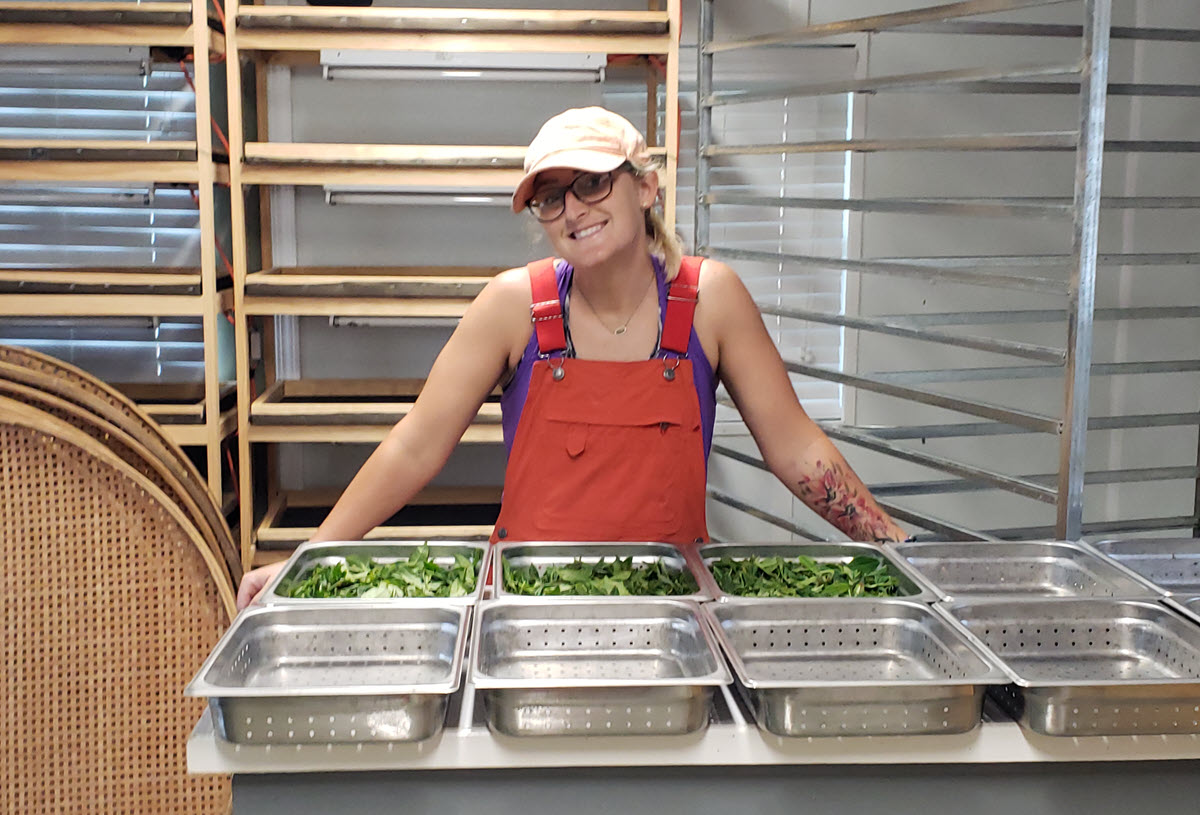
Tea field worker Sagan King processing green leaf Download Link
- Cost Comparison Slide
- Harvester Data Worksheet
Link to share this post with your colleagues
Signup and receive Tea Biz weekly in your inbox.
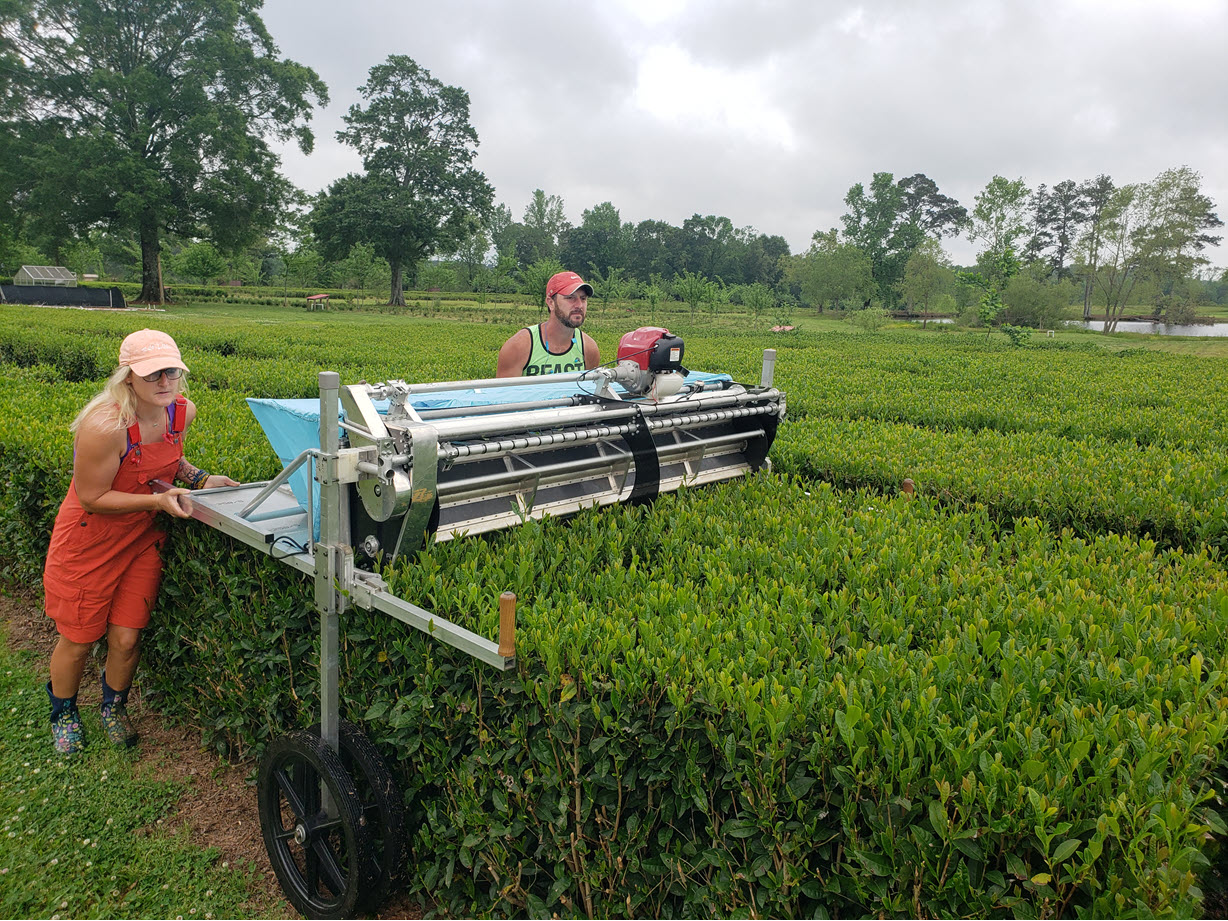
Never miss an episode
Subscribe wherever you enjoy podcasts:
-
New Role for Tea Board
The Tea Board of India last week proposed legislation that will minimize its regulatory role in favor of promotion and development. The proposed legislation, with Parliament’s approval, re-defines the board as a facilitator, a transition welcomed as “progressive” by industry leaders.
In a formal 12-page public notice, the board “proposes to delete those archaic provisions [of The Tea Act, 1953] which have lost relevance in today’s context and introduce new objectives/ functions/ powers of the board so that the board can act as a facilitator for optimizing the development, promotion, and research in the tea industry and help in improving production, export, and quality of Indian tea.”
The announcement invites public comments on the Tea Promotion and Development Act, 2022 through January 21.
- Caption: The proposed Tea Promotion and Development Act of 2022 will impact the tea industry from the ground up.
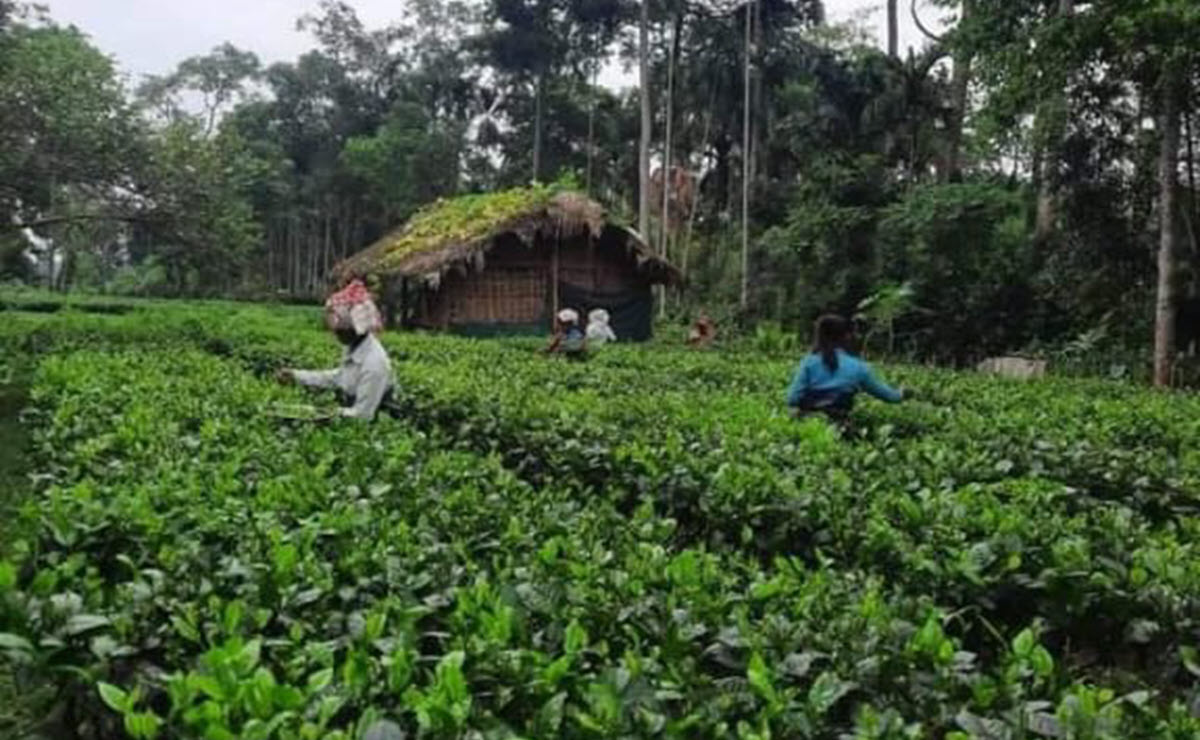
Tea smallholders, defined in the tea act as those cultivating 10 hectares or less, plucking an Assam garden India Drafts Tea Act to Redirect Tea Board Mission
By Roopak Goswami
India Tea Board Chairman PK Bezboruah explains that “The old Act was based on facts which had become fallacies over the decades: that tea was a predominant export of India, that people needed planting permits to plant tea, that the government had accurate estimates of green leaf production in a specific block.”
Successful enactment of the Tea Promotion and Development Act, 2022 will repeal The Tea Act of 1953.
He cited “many steps that could be taken by the Tea Promotion and Development Board, including the revamping of auctions, removal of substandard teas from the system; setting a floor price and establishing quality standards for raw leaf, a ban on unethical manufacturing policies, ensuring compliance of Indian tea with international norms for MRLs [Maximum Residue Levels] and the identification of restrictive trade practices by some participants in the tea value chain.”
The government has been mulling these changes for some time but the pandemic delayed implementation. Bezboruah said that as a regulator, the Tea Board has been perceived by some as an enforcer or adversary and has been accused in the media of indulging in unprofessional behavior from time to time. “The new Act will redefine and remove some of the bottlenecks that have stood in the way of the sector’s competitiveness,” he said.
The draft spells out several objectives including “fair and remunerative prices for growers,” the promotion of tea exports, promoting the sale and consumption of tea through e-commerce platforms, promoting tea quality, promoting branding and product diversification, value addition and packaging. The board is specifically charged with supporting and encouraging small tea growers, an objective that includes implementing new technology. Oversight involves safeguarding the interests of tea plantation workers and raising awareness among the general public about the tea industry in India.
Growers will no longer be required to obtain a permit to grow tea. Traders will no longer be required to obtain a license (only to register). The board will no longer have the power to unseat inept management and take over garden operations. The new act seeks to narrow not eliminate the board’s regulatory role at a time when aggressive regulation of existing provisions has become a priority.
Ringtong Tea Estate owner of Sanjay Choudhury told the Telegraph that abandoning enforcement of the Tea (Distribution and Export) Control Order, 2005, could cause ‘‘irreparable loss’’ to the already struggling industry. The control order enabled the board in November to step up efforts to verify tea quality inspections in an effort to stem the influx of substandard teas. In December the board used a provision of the same control order to require that labels indicate country of origin and the presence in blends of tea not grown in India.
Bezboruah said that “registration of new units and regular inspection of existing ones to check for quality breaches must go on, and we must quickly evolve evaluation techniques that do not depend on human assessment. The government must also place all tea manufacturing units on the negative list for a subsidy, as presently plantations are, to avoid entrepreneurs from setting up new units to avail of subsidy.”
The central government’s vision is to see the board as a facilitator acting in the interest of industry stakeholders to restore the reputation of Indian tea as the best in the world.
Bidyananda Barkakoty adviser North Eastern Association says association members appreciate the intent of the government to include small tea growers.
“If tea board wants to be a real facilitator than a regulator then some of the proposed amendments need further amendments. We are not fully satisfied with the proposed amendments. We will submit our views in detail on January 20,” Barkakoty said.
Bijoy Gopal Chakraborty, president of the Confederation of IndianSmall Tea Growers Association said the industry has long supported revisions to the tea act. “One sincerely hopes that the new Tea Act will break the stagnancy of tea prices, boost domestic consumption in a larger way and enhance the export market,” he said.
“It is good to see that in the present bill small tea growers has been well defined,” he added. A small grower is one whose estate is not more than 10 hectares.
Bezboruah recommends the operational head of the board be redesignated CEO to give adequate recognition to the post. A full-time CEO would be able to help the board professionally, he said. In the present structure, the Board is run by the Deputy Chairman. As currently structured, the deputy chairman responsible for operations is perceived by stakeholders as playing second fiddle to the chair, he said.
Language in the draft emphasized the importance of achieving fair prices.
Mrigendra Jalan adviser to Bharatiya Cha Parishad said, “The proposed Tea Act 2022 has unshackled the tea industry from the vice-like grip which did not allow new plantation areas and putting up tea manufacturing units. Also with other amendments proposed it is expected that industry will get a supportive role from the Tea Board rather than the role of an inspector which the Tea Board has been playing in its present form.”
“The question is whether the new Tea Act will help in ensuring that a large number of workers working in the unorganized sector get at least a minimum wage thereby narrowing the huge wage disparity that is existing today between the organized and unorganized sector,” said Jalan.
Tea Promotion and Development Board Structure
The chairperson of the Tea Board of India will be named by the central government. In the future, career administrators are less likely to hold the post following the success in naming Bezboruah who is the first tea planter to hold the post. The act creates a chief financial officer, a director of tea development and the position of chief executive. The board will number no more than 20. Two members of Parliament serve, one named by the Council of States and a second by the House of the People. In addition, ten members representing stakeholders, labor, research institutes and authorities hold seats along with representatives of the governments from states where tea is grown. Two members nominated by the central government represent ministries, often commerce or agriculture. Appointees, except political appointees, must have at least 15 years of experience “in matters relating to the tea industry, governance, law, development, economics, finance, management, public affairs or administration.”
Link to share this post with your colleagues
Signup and receive Tea Biz weekly in your inbox.
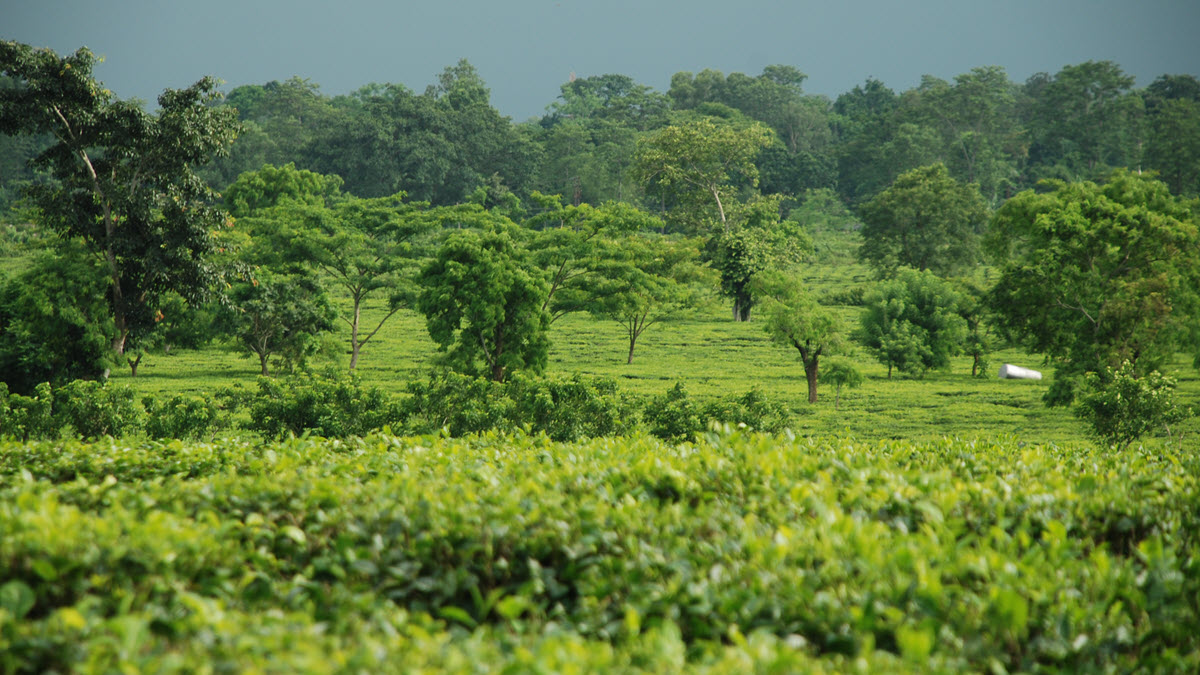
Never miss an episode
Subscribe wherever you enjoy podcasts:
-
Tea as Medicine
The Global Tea Initiative Colloquium was hosted by the University of California, Davis on Jan. 13, 2022. Click here to see a video of the full day’s program.
This year’s topic is Tea and Beyond: Bridging Science and Culture, Time and Space. Tea Biz brings you a recap of the keynote address on “The Popularization of Food as Medicine and Its Impact on Tea” presented by Dr. Nada Milosavljevic. Nada Milosavljevic, a Harvard-trained physician and faculty member at Harvard Medical School. Dr. Milosavljevic is the founder of the integrative health program at Massachusetts General Hospital and worked for a decade as its director.
Dr. Nada’s passion for holistic, innovative wellness and preventative healthcare led her to found Sage Tonic, which produces teas and tisanes formulated from evidence-based clinical studies.
Listen to the interview
Dr. Nada in conversation with Tea Biz’s Jessica Natale Woollard

Sage Tonic happiness tea. Photo provided by Sage Tonic Tea, Herbs as Medicine: A Conversation with Dr. Nada
Dr. Nada Milosavljevic is a board-certified, Harvard-trained physician and a faculty member at Harvard Medical School. In addition to conventional medicine, she practices Integrative Medicine for cognitive and behavioral conditions. Nada has specialty certifications in Regenerative and Functional Medicine, Medical Acupuncture, Ayurvedic Medicine, and Chinese Herbs. Her training involves the use of evidence-based treatments that include: acupuncture, bio-identical hormone therapies, herbs, nutritional supplements, clinical-grade aromatherapy, as well as light and sound therapy.
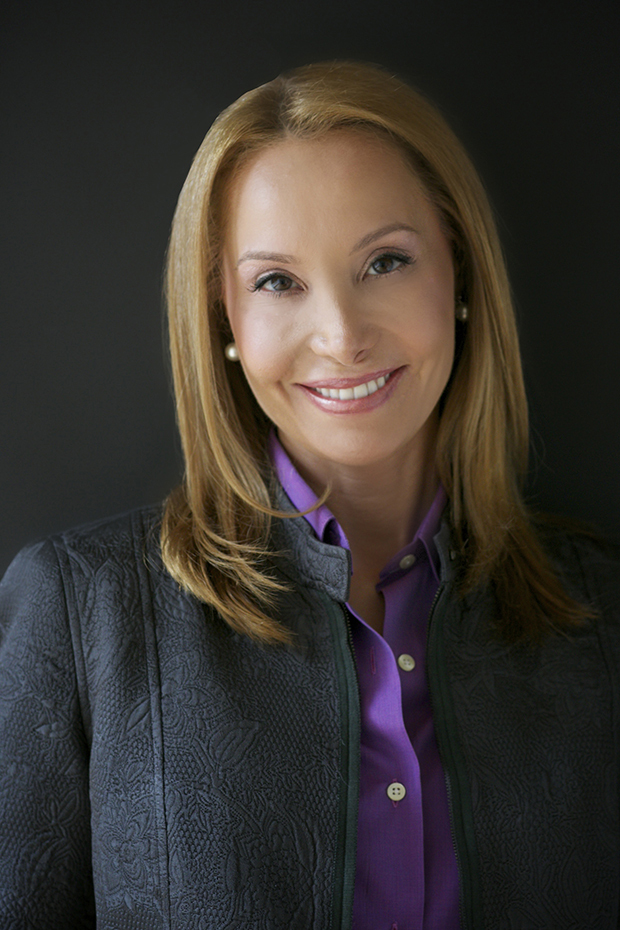
Jessica Natale Woollard: Your keynote at the Global Tea Initiative colloquium on January 13 will address trends of seeing food—including tea—as medicine. Can you give the Tea Biz community a preview of what you’ll be covering in your talk?
Dr. Nada Milosavljevic: My topic is the popularization of food as medicine, but also looking at that through the lens of tea.
Everyone at one point has heard of the concept of food as medicine; it’s become quite popular. My talk will give some of the historical underpinnings that show the idea of food as medicine has been around for millennia in many different ways, from many different cultures.
Now with modern medicine, we’re really seeing some of the ways that food, and tea is no exception, can have certain health applications. I’ll be highlighting that information and further defining it, so people can appreciate where the field is going — because it’s growing, and it’s growing rapidly.
Jessica: The teas you sell through Sage Tonic are categorized by their benefits, for example, helping with relaxation, sleep, energy, and focus.
At what point in your medical profession did you discover the benefits of tea and begin to research the role tea plays in preventative healthcare?
Nada: That journey for me began almost 14 years ago. It was about 2007, and, in working with patients—they ranged from teens to young adults to adults—I realized that some of the medications that we use, which are beneficial and can save lives, have certain side effects. I found out that there were a number of natural compounds, tea being one, that can play a role as a preventive or as something that can be used as an adjunctive therapy and serve a healthful purpose.
That’s really where a lot of my research began, looking into not just tea, but other herbs as well, and the synergistic and additive effect they can have for optimal health. Certainly from a preventive standpoint, if someone wants to start using something even earlier, they can put themselves on a healthy trajectory.
Jessica: In the research, you’ve conducted into the benefits of tea, herbs, and spices, did any results surprise you?
Nada: Yes, they did in fact. There were a number of herbs and certainly a number of compounds that were not elucidated to me previously as to what their health benefits were. I saw they could play a role in human health; they could play a role in preventive health, and they could play a role for humans at many different chronological points throughout our lives.
An herb class, called adaptogens, is one of the things I’ll be talking about at the Global Tea Initiative Colloquium next week. It’s an herb class that can really play a role in anxiety and stress reduction. It can have a constitutionally normalizing effect on the body and even be helpful with focus and sleep, many of the things that many of us have faced in many different ways, given what we’ve all been dealing with the last, almost two years now, with the pandemic.
That herb class was something I was not as familiar with back then, and they do have a wonderful application for health.
What is exciting to me, and what was certainly exciting 14 years ago when I began this work, is to see research into health benefits grow. There are literally hundreds of compounds in teas, and even compounds that have yet to be fully researched and categorized.
I think there are a lot of other exciting things yet to come.
Hear more from Dr. Nada
You can hear more from Dr. Nada on the power of tea as medicine in her keynote address at the Global Tea Initiative Colloquium online. Click here to see a video of the full day’s program.
This interview has been edited and condensed.
Holistic Health for Adolescents
Stress. Fatigue. Depression. Sleeping problems. Issues with focus and concentration. Headaches. Substance abuse. These are all common problems that teenagers deal with. We have long been acquainted with the conventional treatments of therapy and prescription medications. It turns out there are also many complementary and alternative therapies available that have evidence-based track records of success. This book presents therapies based around the five senses—including acupressure, aromatherapy, yoga, sound/music therapy—to help teens with their mental health.
$21.95 | 288 pages | 2017 | Published by Norton Professional Books
Share this post with your colleagues.
Signup and receive Tea Biz weekly in your inbox.

Never miss an episode
Subscribe wherever you enjoy podcasts:


